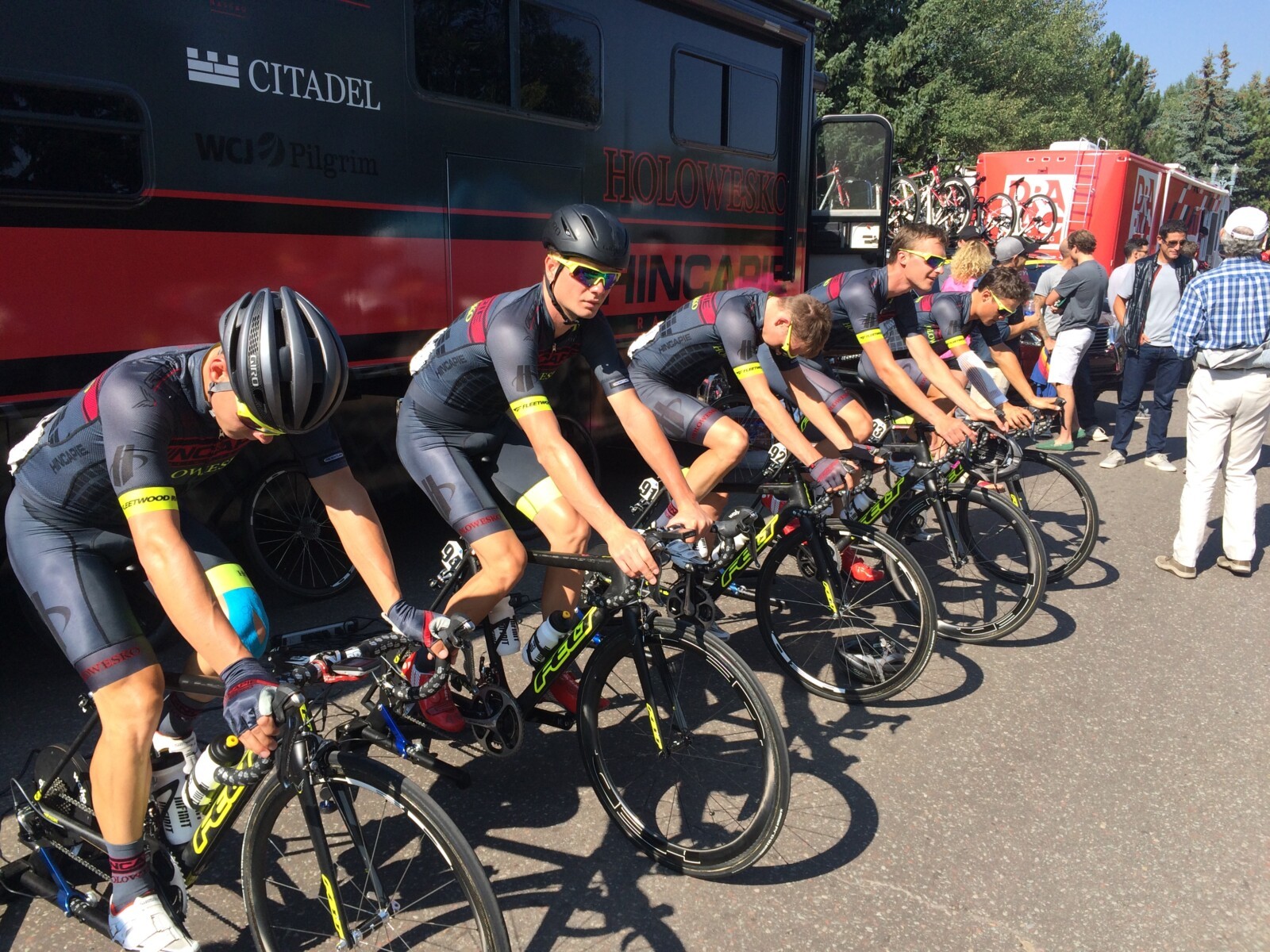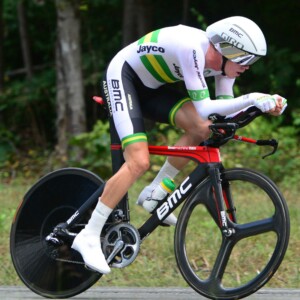Cycling is a tough sport and it often mimics the ups and downs of everyday life. We battle the climb, suffer and work hard to summit and achieve. Pain and emotions abound and we face our inner negative self telling us to stop and pull over at the little café for a brew, it’s not worth it, why should we bother? Then short moments of relaxation and joy are reflected on the ride by the downhill run, it’s fast and exciting and by the bottom we’ve forgotten how long and tough the battle to the top was. This is actually the perfect preparation for dealing with the inevitable issues we will face trying to achieve that new personal best, win that race or event.
You can subscribe here or get it on your iPad
Firstly we need to look at what motivates us in our cycling and by understanding this we can often overcome certain obstacles that come up from time to time. We will then look at methods of coping and dealing with issues when they do come up and how we can keep moving forward.
Motivation and Goal Setting
In my early days I used to believe that success in cycling was simply a function of being the fittest and strongest. Of course this simply isn’t the case and quite often in sport and in life it is those who continue to go about their business and make small and steady gains over the long haul that often come out the winners. I have seen many very talented athletes simply give up and also the not so physically gifted athletes keep chipping away and go on to great success.
What is it that makes some athletes give up and others just keep plugging away, year after year?
Motivation is the activation or energization of goal-oriented behaviour. In understanding the real reason for doing something, we can enhance our own motivation and continue towards better fitness and better race results.
Motivation is usually broken down into two main areas, intrinsic motivation and extrinsic motivation.
Intrinsic motivation can be considered as doing something simply for its own sake and without an obvious external incentive for doing so, it’s motivation from within.
Extrinsic motivation on the other hand stems from sources outside yourself … rewards or punishment, both tangible and intangible that result in an external benefit.
The motivation for getting up and training is often very different for many of us. If we are simply looking to smash our mates or get a specific race result then motivation can be lost very quickly as these factors are often out of our direct control. Likewise if we just want to “get better, get faster, get fitter’ and have no real direction or major aim we can also quickly lose the desire to get out and push ourselves.
One of the key components here is in the process of goal setting and the idea of “Beginning with the end in mind” It is often in this process that the mistakes are made.
Goal setting needs to have several components to it, with short, medium and long term objectives to work towards. By establishing these at the very beginning of a training program we can start the long steady climb towards our objectives.
Short Term Goals
Short term goals should be focused on the next month or so and be realistic and achievable. A good example would be to set a time up a local climb or on a local ITT course and focus your training towards achieving it. Set yourself a date and work it into your program and focus your efforts towards achieving it. This goal will be in line with your next set of goals and will focus on the same skills and specific fitness requirements. For instance if it was working to achieve a new PB on a local climb, then your next set of goals might include a hilly race where this new found climbing speed could be put to use. The key with short term goals is that you can and do achieve some success in completing them. I believe that success breeds success, and so by completing the short term goals your motivation will be enhanced and become stronger. Make sure that your goals reflect a skill set or strength that you have and can continue to work on. For instance if you are looking towards a medium or long term goal of finishing in the front bunch in a super hilly race and you weigh in at 100kg, then you might not be giving yourself a realistic chance of achieving that goal. If however you want to break the hour in a flat 40km TT, that demands good overall fitness and power then this might be far better and within the realms of possibility.
Medium Term Goals
Medium term goals can be considered within the next six months to a year and as I outlined above, be a continuation of the skills and work we have done towards our short term goals. Again as outlined above, a medium term goal could be to move up from a grade at your local club or hit a new personal best 20 and five minute power output. When establishing your year’s plans consider that there will be a peak period in the year when you might be in your best physical condition. With this in mind I would look to identify several races around the main goal race that you could also compete in. This method enables us to use our fitness and condition fully and if something goes wrong in our goal race or event it enables a fall back plan and another chance to succeed. This is often where most athletes go wrong, as by focusing on just one event in a year we can fail due to a mechanical, getting sick or just having a classic bad day, and it all feels like everything was for nothing. This inevitably leads to de-motivation and lack of interest. If, however, we have another race in a couple of weeks, we can refocus our strength and go and smash it.
I believe it is important to have some smaller races to compete in before the big one, just in case it doesn’t go according to plan. Conversely another consideration is also to try not to do too many races and focus on too many goals. I generally advise two peak periods each year for my athletes and these periods might last four to six weeks at a time. Racing every week can and often does lead to a “jack of all, master of none” type of riding. It is very difficult to have the highest level of arousal for a special race when we have been racing every week for the past six months.
You can subscribe here or get it on your iPad
Long Term Goals
Long term goals are those things we would love to achieve as our ultimate goal. You often hear the most successful athletes in the world talk about how they had dreamt of representing their country at the Olympics or always knew they would win the gold medal for instance from when they were children. Again the goal should be realistic and achievable and if the stars align, result in your ultimate achievement. These long term goals inevitably drive us onwards after the shorter and medium term goals have been achieved for the year and add to the continuity from year to year. By establishing our long term goals we can begin the overall process and bring all our other goals into line to help us step by step towards it.
Developing Process Goals
When chatting about upcoming races or debriefing completed races with my clients, as well as focusing on the physical performance side of things we will always consider the psychological aspects of the race and discuss feeling and perceived sensations. Most athletes and competitors tend to focus heavily on a result driven model when approaching races and this can and often does lead to disappointment as a certain place or medal doesn’t materialise. This in turn leads to negative feelings and demotivation post race, which obviously are not conducive to getting back into training and refocusing on the future goals we established in the first place.
“What is the answer to this?” I hear you ask. “What should the focus be, if not to get a certain place or result? “.
The answer is to focus upon process goals, things that are within your control and not in the control of others. By achieving the process goals, more often than not the results will follow. Creating a focus on relatively controllable outcomes we can always take positives from every race and experience. By internalising feelings and sensations we also gain a better understanding of our own bodies and mind during race situations and worry less about what old mate is up to, or, if he or she will catch or beat us today.
Some great examples of process goals for an upcoming race could be the following,
1. Follow a structured warm up routine prior to the start.
2. Follow a pre-programmed nutritional plan.
3. Follow a pre-programmed hydration plan.
4. Focus on pacing the effort on climbs to ride hard over the top of every one.
5. To not get caught up in somebody else’s race plan and go too hard at the start.
6. To maintain composure and focus and ride a good position in the peloton.
7. If composure is lost be mindful of it, accept it and bring your focus back to the task at hand. This can be by focusing on your breathing, cadence, body posture on the bike etc.
8. Create a mantra to repeat and help during the race, I use “Smooth is fast Fenz, smooth is fast” when the rhythm goes and I feel my attention becoming too narrow and focused, I repeat this in my head and it prompts a conditioned response to relax.
These are just a few examples that I and my clients would use and discuss to help create the best conditions for great performances and develop the concept of ‘flow’.
Implement some of these techniques before your next big race and I am sure you will race stronger, faster, better than ever before.
Catch you on the road.
You can subscribe here or get it on your iPad


